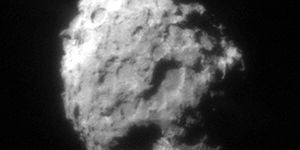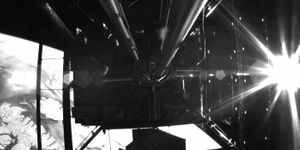Lassoing Gene Expression with Genomic Loops
DNA molecules are very lengthy, and most cells in the body have to fit the entire genome into the nucleus. To do so, the genetic material has to be tightly condensed and packed. But it also has to be organized in a way that allows for genes to be expressed, or serious problems can arise. Proteins called histones help ensure that the genome is properly looped, which can also bring together parts of the genome that would be very far apart if the molecule was stretched into a linear form. This three-dimensional looping of DNA is often crucial to the control of gene activity. Scientists have now learned more about how loops in DNA can help regulate gene expression. The findings have been reported in Nature Communications.
In this study, the researchers analyzed how molecules called Polycomb Repressive Complexes 1 and 2 (PRC1 and PRC2) are involved in the regulation of developmental genes, which have to be turned on and off at precise times to ensure the proper development of organisms. When these genes are dysfunctional in people, developmental defects or cancer can arise.
If genes that are turned down or off by PRC1 or PRC2 end up coming together, loops form in the genome. In a mouse embryonic stem cell model, the researchers found that a protein called PDS5A modifies loops without changing histone modifications. These modifications can also reduce gene expression. Senior study author and USC assistant professor Oliver Bell noted that PDS5A is one part of a protein complex known as cohesin, "the master regulator of 3D genome organization.”
In the stem cell model, a lack of PDS5A caused the loops to be disrupted, which affected the regulation of developmental genes. When genes are looped together, they are not expressed. If genes that are silenced by PRC1 and PRC2 are not close together, the loops that would have formed between them are lost, and genes that should be silent instead become aberrantly activated.
Mutations in genes that form cohesin play a role in several diseases, including cancer and developmental disorders. "What’s striking about our discovery is that it reveals a dependence of PRC 1 and PRC 2 activity on the precise regulation of 3D genome organization by cohesin," noted Bell, "suggesting that ‘cohesinopathies’ may be linked to aberrant developmental gene silencing.”
Sources: University of Southern California (USC), Nature Communications









